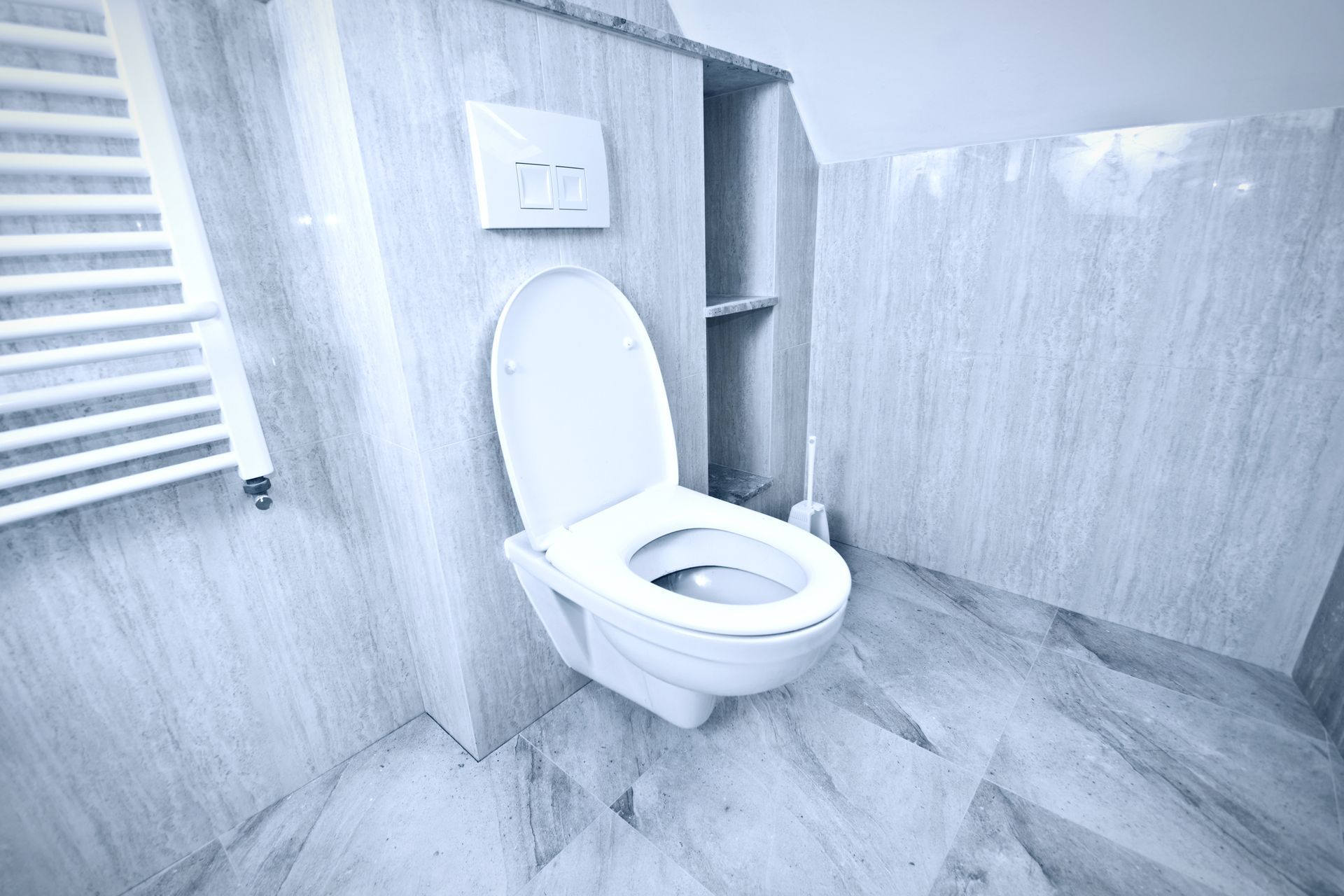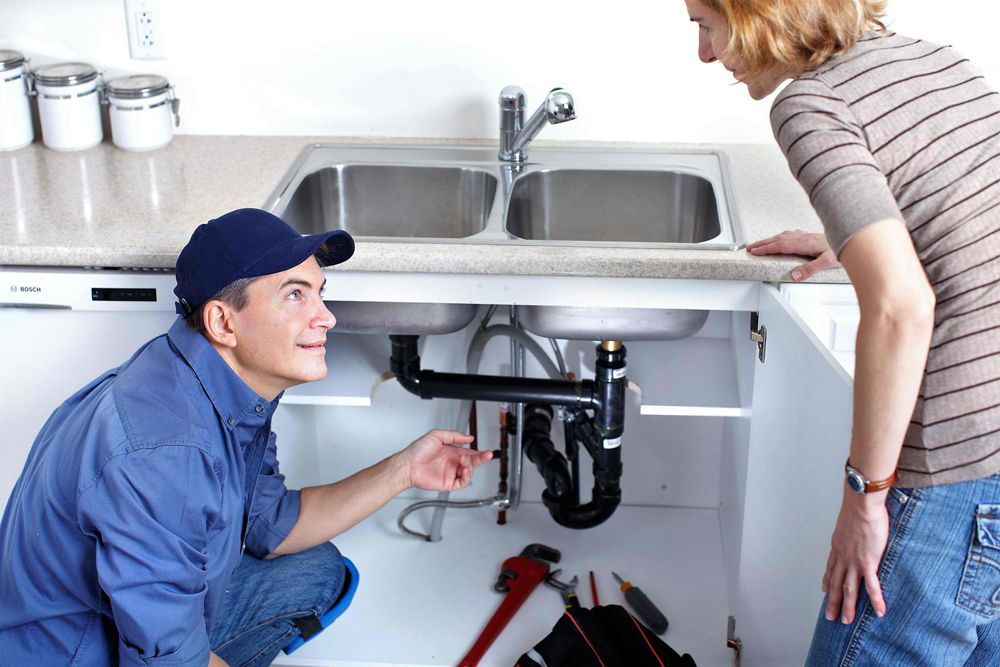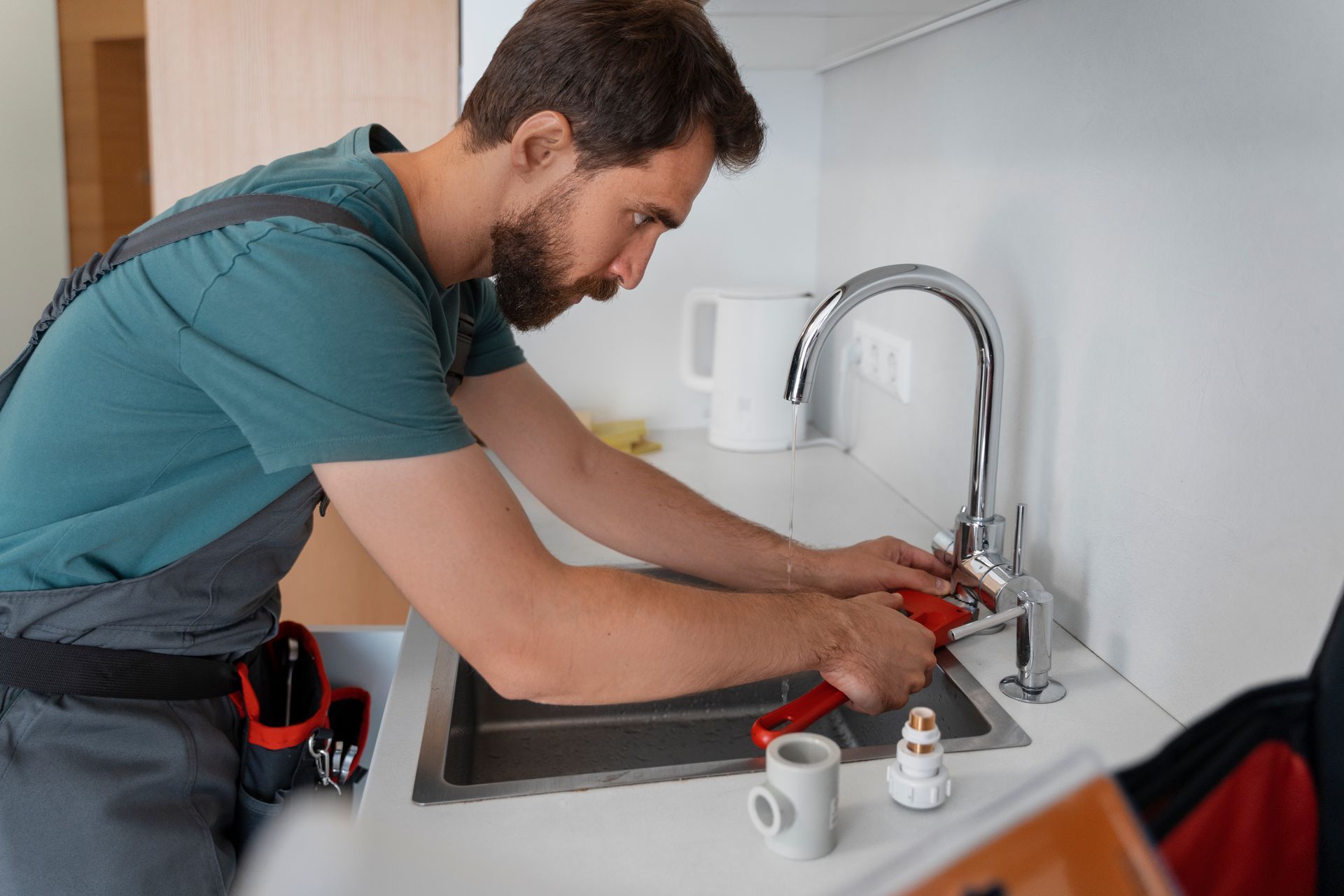Step-by-Step Guide: Using Thread Sealing Tape Effectively
Thread sealing tape, commonly known as Teflon tape or PTFE tape, is an indispensable tool in plumbing that ensures leak-free connections between threaded pipe joints. Its correct application is critical in preventing leaks, maintaining water tightness, and securing durable pipe fittings. Although using thread sealing tape may appear straightforward, mastering the technique requires attention to detail, suitable preparation, and understanding nuances to avoid common pitfalls. This detailed guide covers each step thoroughly, with professional insights from licensed plumbers such as All City Plumbers, highlighting the tape’s role in effective plumbing repairs, including tasks related to garbage disposal repair and replacement and the plumber's role in home renovation.
Understanding the Importance of Thread Sealing Tape
Thread sealing tape acts as a lubricant and sealant on threaded connections. It fills gaps and irregularities between pipe threads, preventing water or gas leaks. The tape is especially useful in plumbing systems, gas lines, and compressed air fittings, where tight and durable seals are essential. Licensed plumbers stand out from the rest because they combine the right materials, tools, and techniques to apply the tape flawlessly, ensuring a long-lasting seal even under pressure or temperature changes.
In home renovation and repair scenarios, such as garbage disposal repair and replacement, applying thread sealing tape correctly is crucial to avoid leaks, minimize water damage, and guarantee operational safety.
Tools and Materials Needed Before Starting
Before beginning the application process, it is important to gather all necessary materials. These include high-quality thread sealing tape (PTFE tape) appropriate for your piping system—standard tape suffices for most water lines, while thicker or gas-rated tape is necessary for gas connections. Additionally, you will need a clean cloth or brush to thoroughly prepare the pipe threads, a utility knife or scissors for cutting the tape cleanly, and the appropriate wrench or pliers for assembling the fittings after tape application. Optional gloves can help maintain a good grip and protect your hands during the work.
Being well-prepared with these materials ensures a smooth and effective tape application.
Step 1: Preparing the Pipe Threads
Proper preparation of pipe threads is critical for ensuring an effective seal. First, you should clean the threads of both the male and female pipe fittings thoroughly. This involves removing all dirt, grease, old tape remnants, and corrosion by using a clean cloth or wire brush. Clean, dry threads enable the tape to adhere properly and fill in all the minute gaps between threads for a watertight seal. It is also essential to inspect the threads for any damage or wear. Threads that are cracked, stripped, or excessively worn can compromise the seal and should be replaced or repaired before tape application. After cleaning, ensure the threads are completely dry, since moisture can prevent the tape from sticking properly.
Step 2: Measuring and Cutting the Tape
To avoid wasting tape or wrapping insufficient lengths, estimate the appropriate length of tape by loosely wrapping it around the threads of the male pipe initially. The general guideline is to wrap the tape around 3 to 6 complete times depending on the pipe size and thread pitch. Applying too few wraps increases the risk of leaks, while too many can interfere with the threads meshing correctly. Once you have the estimated length, cut the tape cleanly with your utility knife or scissors to avoid any frayed edges that could affect the seal or create fragments inside the pipe.
Step 3: Applying the Thread Sealing Tape
Begin wrapping the tape around the male pipe threads starting about one thread width from the end of the pipe. This helps prevent loose ends of tape from entering the pipe interior, which could cause blockages or contamination. It is crucial to wrap the tape in a clockwise direction, aligning with the direction the pipe will be screwed into the fitting. Wrapping counterclockwise may cause the tape to unravel during assembly and compromise the seal. Wrap the tape tightly and evenly around the threads, overlapping each pass by about half the width of the tape. This ensures that the threads are fully covered without bunching up or leaving gaps. Keeping the tape taut during wrapping helps it conform snugly to the threads.
Step 4: Pressing and Securing the Tape
After completing the wraps, press the tape firmly into the threads using your fingers. This action fills any air gaps and makes the tape mold into the thread grooves more effectively, optimizing the seal. Once the tape is in place, screw the male threaded pipe into the female fitting by hand to avoid cross-threading. After hand-tightening, use the appropriate wrench or pliers to further tighten the connection, but avoid overtightening. Excessive force can strip threads, damage fittings, or break the seal formed by the tape, leading to leaks.
Step 5: Testing the Connection
Testing the newly assembled connection is vital to confirm a leak-free installation. Gradually turn on the water or gas supply and carefully check the joint for any signs of moisture, drips, or strong odors that might indicate leaks. This step is especially important in renovations or during garbage disposal repair and replacement to avoid water damage or hazardous gas leaks later on. If a leak is detected, disassemble the joint, inspect the tape application, and repeat the wrapping process ensuring proper technique.
Common Mistakes to Avoid
Many common application errors reduce the effectiveness of thread sealing tape. Wrapping the tape in the wrong direction (counterclockwise) makes it unravel during fitting assembly, negating its sealing capability. Using too little or too much tape can either cause leaks or make tightening difficult. Neglecting to clean and dry threads before tape application prevents proper adhesion and sealing. Applying tape on damaged or worn threads undermines the integrity of the connection and may require thread repair or replacement. Failing to press the tape into the threads reduces the seal’s coverage and durability, while over-tightening the connection can strip threads, damage fittings, or break seals.
The Professional Touch: Why Licensed Plumbers Excel with Thread Sealing Tape
Licensed plumbers, including experts at All City Plumbers, bring extensive knowledge of pipe materials, system pressures, and sealing requirements that ensures thread sealing tape is applied with precision and confidence. Their expertise extends beyond simply wrapping tape—they understand the context of each plumbing system whether in garbage disposal repair and replacement or the plumber's role in home renovation, ensuring that fittings meet all safety and durability standards. This professional approach reduces callbacks and prolongs the lifespan of plumbing joints.
Conclusion
Effectively using thread sealing tape is a critical plumbing skill that prevents leaks and prolongs pipe connection life. This comprehensive step-by-step guide provides homeowners and professionals with the knowledge to prepare, apply, and secure thread sealing tape correctly. By adopting best practices and emulating licensed plumbers like those at All City Plumbers, plumbing repairs and installations—ranging from simple fixture connections to complex garbage disposal repairs or home renovations—become more reliable, safe, and efficient. When in doubt, consulting or hiring a licensed plumber ensures that your plumbing connections are secure and up to code.











